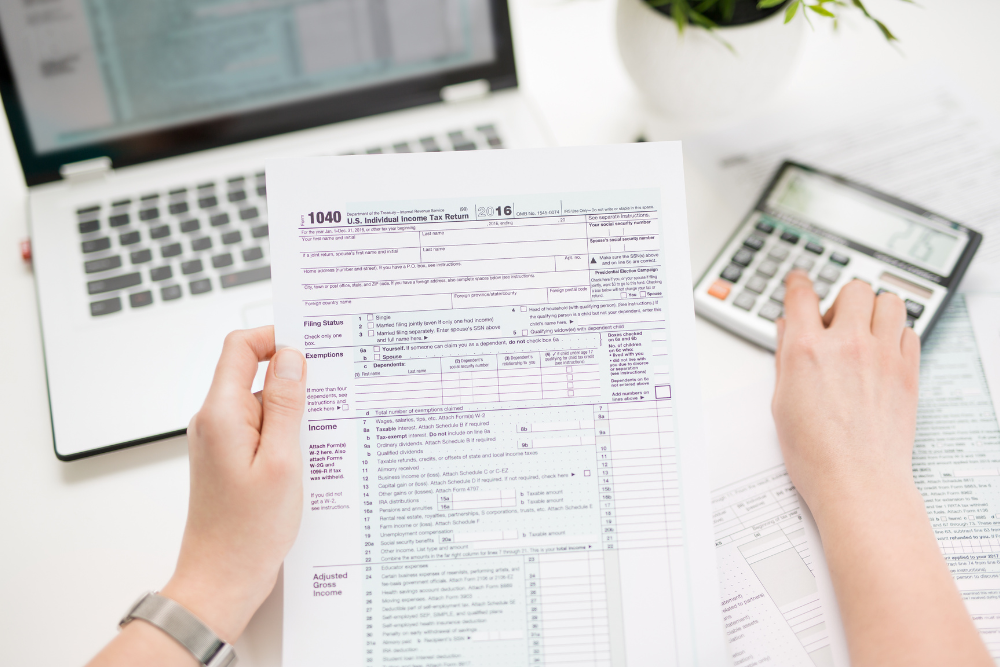
Classification of Digital Assets: Intangibles Vs Inventory
Classification of Digital Assets: Intangibles Vs Inventory
Preface
Accounting for modifications and cancellations of employee share-based payment transactions requires assessing changes to fair value, vesting periods, and non-market performance conditions to ensure compliance with IFRS 2.
Key considerations include handling incremental fair value, changes to service conditions, and transitions from cash-settled to equity-settled share-based payments, ensuring accurate recognition of costs and liabilities.
The accounting implications of beneficial and non-beneficial modifications, such as adjusting for additional equity instruments or accelerated vesting, must align with IFRS standards and reflect the revised terms of the arrangement.
Digital asset as intangibles:
Crypto assets meet the definition of intangible assets, even though they have some characteristics that are not typical of intangible assets. For example, unlike typical intangible assets, crypto assets may be traded on exchanges and experience significant price volatility. Also, unlike other intangible assets, units of a particular crypto asset are fungible.
The following table provides analysis of why crypto assets meet the definition of intangible assets.
Recognition and measurement of crypto assets. (Cost Model)
As intangible assets, crypto assets are initially measured at cost. Since there is no limit on their useful life, crypto assets are generally classified as indefinite-lived intangible assets that are not subject to amortization. Instead, they are tested for impairment annually or more frequently if events or circumstances change that indicate that it’s more likely than not that the asset is impaired. As a result, holders of crypto assets only recognize decreases in the value of a crypto asset, and any increase in value is recognized only upon disposition.
Recognition and measurement of crypto assets. (Revaluation Model)
It is possible to account for intangible assets at a revaluation amount under IAS 38, provided there is an active market in which they are traded (which may not be the case for all cryptocurrencies).
Under the revaluation model, intangible assets are measured at cost on initial recognition and subsequently measured at fair value less accumulated amortisation and impairment losses.
IAS 38 requires a revaluation increase to be recognised in other comprehensive income and accumulated in equity under the heading of revaluation surplus. However, a revaluation increase shall be recognised in profit or loss to the extent that it reverses a revaluation decrease of the same asset that was previously recognised in profit or loss.
A revaluation decrease is recognised in profit or loss. However, the decrease shall be recognised in other comprehensive income to the extent of any credit balance in the revaluation surplus in respect of that asset.
In order to apply IAS 38’s revaluation model, the fair value of an intangible asset must be capable of reliable measurement. It is generally rare for intangible assets to be revalued as active markets for them are uncommon, however where cryptocurrencies are traded on an exchange it may be possible to apply IAS 38’s revaluation model.
Digital asset as inventory:
Depending on an entity’s business model, it could be appropriate to account for cryptocurrencies under IAS 2 ‘Inventories’.
While cryptocurrency holdings meet the definition of intangible assets, IAS 38 states that intangible assets held by an entity for sale in the ordinary course of business are outside the scope of the Standard and should be accounted for under IAS 2.
IAS 2’s default measurement approach is to recognise inventories at the lower of cost and net realisable value. However, it also states that the Standard does not apply to the measurement of inventories held by commodity broker-traders. IAS 2 states that commodity broker traders are instead required to measure their inventories at fair value less costs to sell, with changes in fair value less costs to sell being recognised in profit or loss in the period of the change.
It is not clear however how to interpret the measurement exception for commodity broker-traders in the context of cryptocurrencies. On the one hand, following IAS 2’s accounting for broker traders would intuitively seem to be an appropriate approach for those entities that hold cryptocurrencies under a business model which involves actively buying and selling them. On the other hand, cryptocurrencies do not have physical form and analogising to a scope exception which is specific to commodities might be seen by some as inappropriate.
Our CFO services provide comprehensive guidance on share-based payment modifications and cancellations, ensuring compliance with IFRS standards and accurate financial reporting for complex arrangements.
Recent Post






